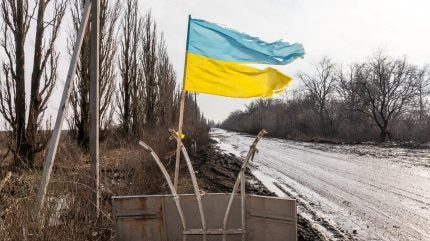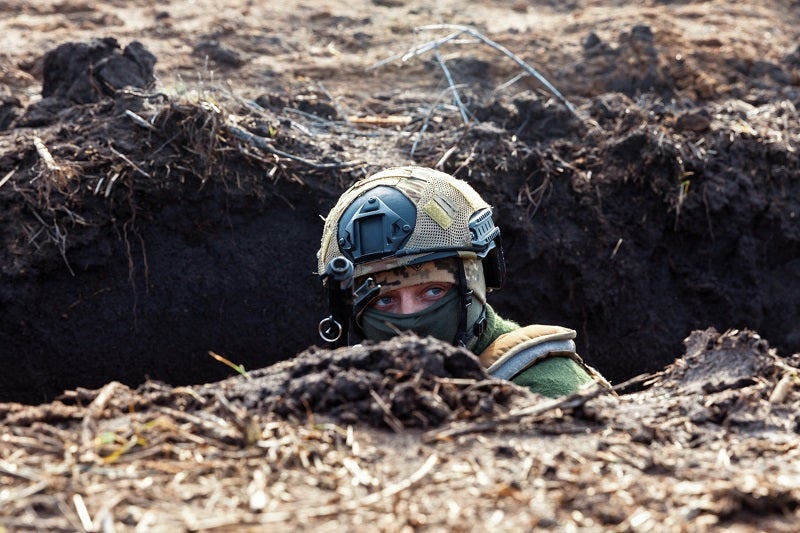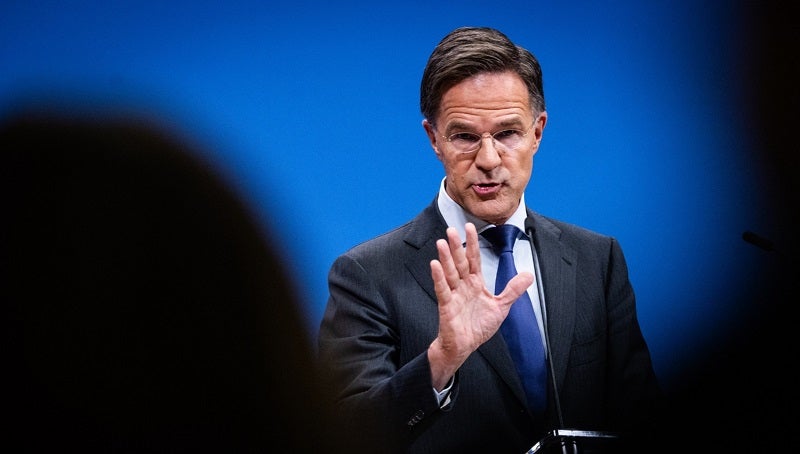
The President of Ukraine, Volodymyr Zelenskyy, has unveiled the long-awaited ‘Victory Plan’ to the public for the first time, presenting his five points to the Verkhova Rada, the Ukrainian parliament, on 16 October 2024.
The main objective of the Victory Plan is to force Russia into negotiations from a position of relative strength. The five-point plan comprises a set of ambitious, yet familar conditions:
- An immediate invitation to join Nato;
- continued Western aid in equipping Ukrainian brigades;
- formulating a non-nuclear strategic deterrence against Russia;
- cultivating joint protection of the Ukrainian critical resources and investment;
- and replacing US military contingents in Europe with hardened Ukrainian forces.
In a speech to the European Council a day later, the head of state stipulated that “Russia will resort to diplomacy only when it sees that it cannot achieve anything by force.” For that reason, the five points each determine a way to improve Ukraine’s diplomatic stance militarily, politically and economically.
The release of the plan comes just after the leader’s whistle-stop tour of Western backers over the last few weeks, when Zelenskyy presented the five points – with three secret annexes on a need-to-know basis – to each state respectively. His plan hinges on the participation and approval of these countries – namely France, Italy, Germany, the UK and the US.
A UK Ministry of Defence spokesperson responded positively to the details of the Victory Plan, commenting: “The UK commends Ukraine’s Victory Plan and will work alongside them through our continued support of Europe’s defence.”
Ukraine’s position in the war right now
Zelenskyy is right to emphasise that Ukrainian soldiers “are holding the front under incredibly difficult, really difficult, tough conditions.”
Currently, Ukrainian troops are struggling to prevent Russian forces from making marginal and operationally insiginificant gains in the Donbas, particularly around the city of Pokrovsk.
Russia’s intensified summer offensive to reduce the wider Ukrainian salient in Western Donetsk Oblast will likely culminate in the coming months, warned the Institute for the Study of War.

Russian President Vladimir Putin’s theory of victory relies on Russian forces conducting consistent offensive operations indefinitely, but these grinding assaults will likely degrade available Russian manpower and materiel which will reduce the tempo of the offensive and leave open opportunities for Ukrainian forces to take the initiative on the battlefield.
In the North East, Ukraine continues to hang onto some 700 square kilometres of Russian territory following its incursion into Kursk Oblast in August. However, Ukraine’s hold is beginning to tremble as gains have reduced by a third according to recent reports.
At the time, Ukraine’s objectives in the region were shrouded in mystery but since then Zelenskyy explained that the incursion impedes Russian efforts to strike into Ukraine. It is understood that Russia is currently utilising VDV airborne troops – a formidable unit of the Russian Army – to regain the territory in Kursk.
Gaining leverage
“I think a lot of the rhetoric thrown around by both sides is concealing the fact that, of course, all wars technically end in a negotiation of some shape,” argued GlobalData Defence Analyst James Marques. “But it is a matter of what kind of leverage each side possesses.”
At present, Ukraine is in an uneviable position. The government insists that it will not make any major territory concessions or refrain from joining the EU/Nato. “However, any negotiations before that is accepted are pointless,” Marques asserted.
“Whereas it is unlikely Russia will sit down with anyone and sign anything until they are convinced they have sufficiently depleted Ukraine and left it without outside help, or until circumstances dictate they don’t have what they need to actually continue fighting.”
Joining Nato
Right from the outset the plan calls for an invitation to join Nato, albeit Ukraine’s accession would come at a later date. This will, Zelenskyy suggested, “have no political cost” on the alliance at all.
However, this assertion is not entirely accurate given the responsibility on Nato to enter a war with Russia when the conflict invariably resumes after a dormant period whereupon Russia has a chance to re-poistion itself for another phase of the war.
While the full-scale invasion only goes back more than two-and-a-half years, the war itself predates this with the annexaxtion of Crimea in 2014, and deep-seated regional tensions have played out since the collapse of the Soviet Union.
Late on 17 October, after Ukraine’s Defence Minister, Rustem Umerov, presented the Victory Plan at the Nato-Ukraine Council in Brussels, the new Nato Secretary General and former Dutch Prime Minister, Mark Rutte, without the promise of an invitation, assured the war-torn nation that:
“Ukraine will be [a] member of Nato, there is no doubt about it, and until that happens we will make sure that Ukraine has everything it needs to prevail.”

Whereas, Rutte’s focus in the council meeting was fixed on existing efforts to bolster support for Ukraine. Namely, the new Nato command to coordinate security assistance and training for the country, and to deliver on the €40bn ($43.4bn) pledge in military aid agreed upon at the Washington summit in July.
While at first the two sides appear to be on the same page, the alliance’s non-commital assurance goes some way to dissipating the sense of certainty that Zelenskyy seeks in his Victory Plan.
“Determination on the Nato issue… means the inevitability of European integration for Ukraine and the fact that there is no alternative to democracy,” the nation’s president emphasised.
Extending operations inside Russia
Although the second point calls for aid to Ukrainian brigades it also translates to extending operations inside Russia. The Victory Plan depends on clenching Ukraine’s grasp on Russian territory, which is already gradually receding.
“The implementation of this point envisages further operations by the Defence Forces in designated areas of Russia,” the Office of the President identified. “Strengthening Ukrainian positions, and destroying Russia’s offensive potential in the occupied territories.”
There is a familiar subtext to this: the removal of enduring restrictions on activity inside Russia. This argument has recently centred around the ability to fire long-range weapons that use American-made components at key targets inside Russia. Doubtless, US unwillingness rouses anger after it was found that Ukraine’s forces have been victim to the full impact of Russian weaponry powered by certain American components.
The war has reached a crucial point, and it seems Ukraine must strengthen its gains to prop up its position at the negotiating table. Without any fixed defensive lines in the Kursk region, this is bargaining chip is already too close to being spent.



